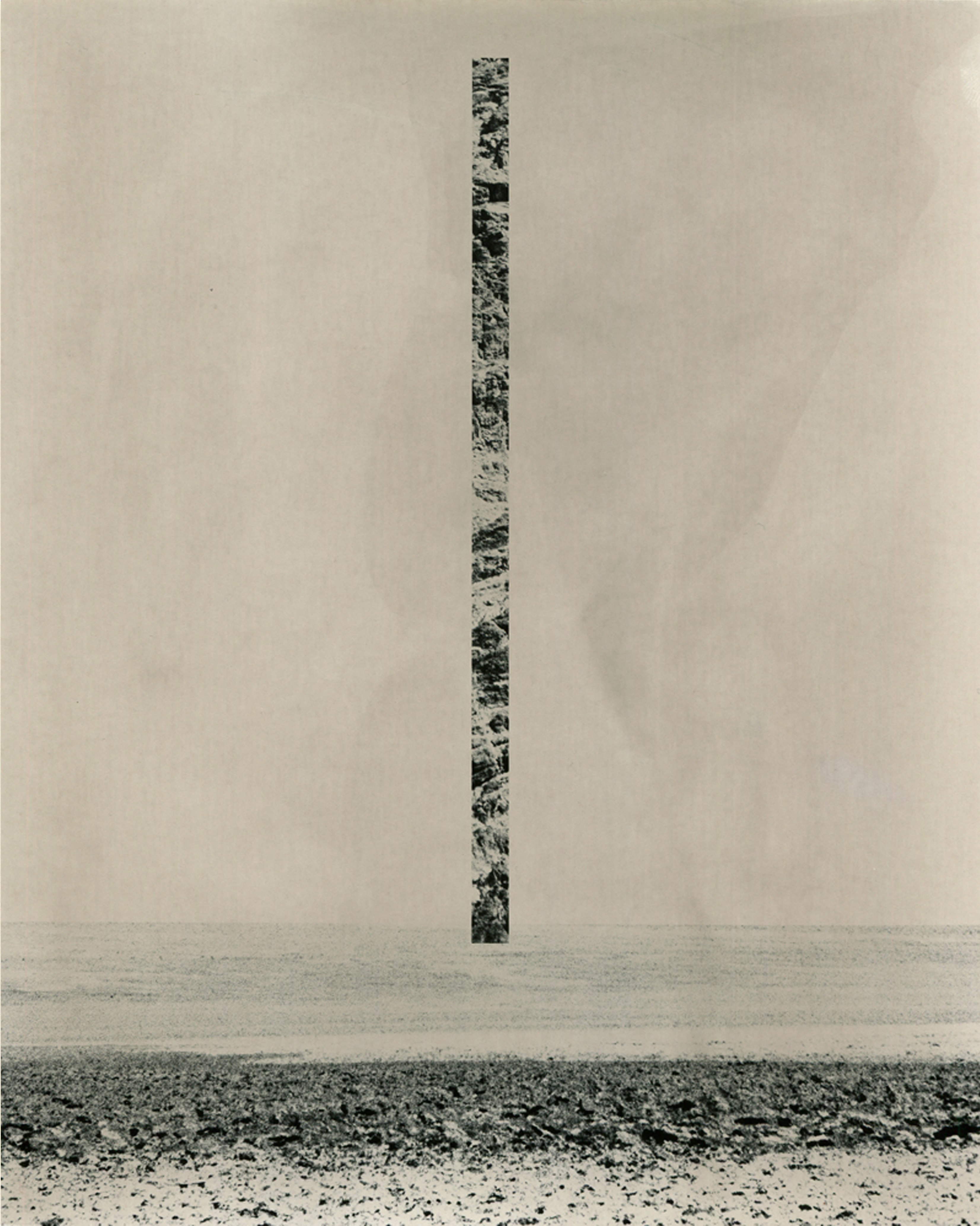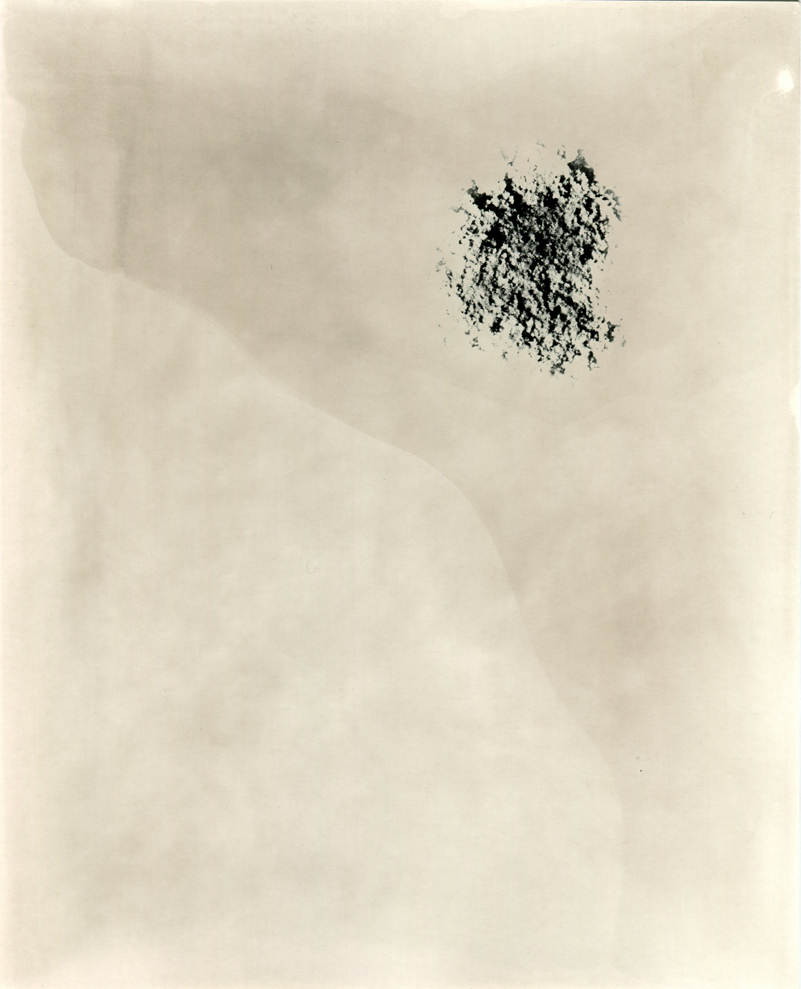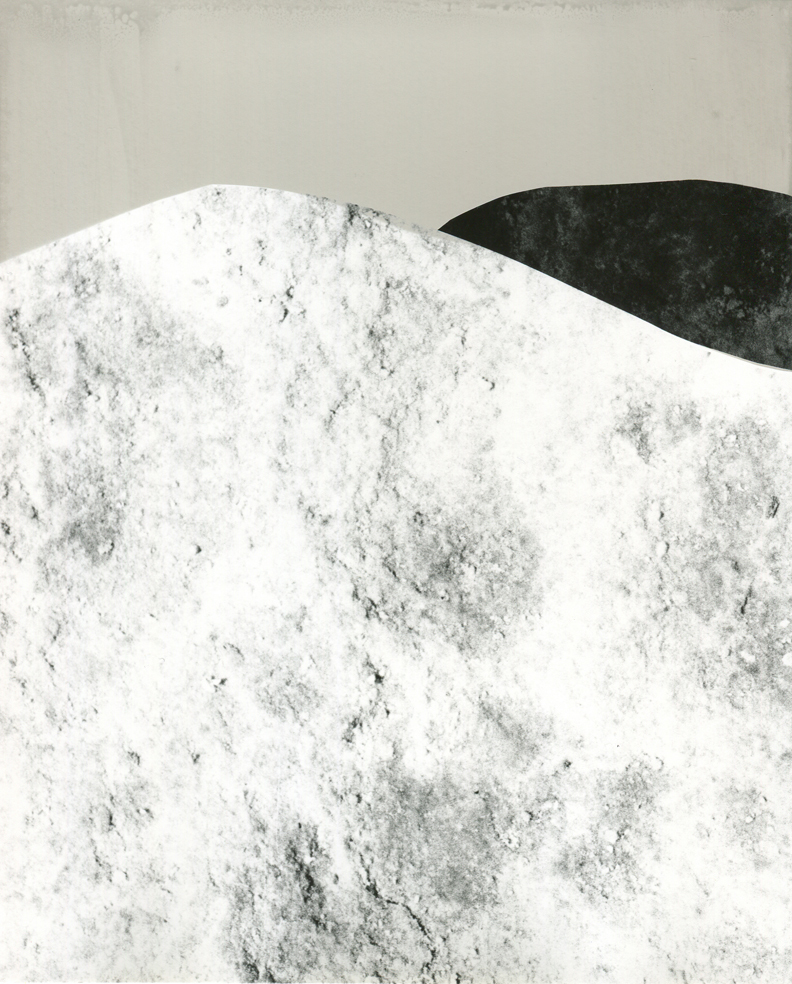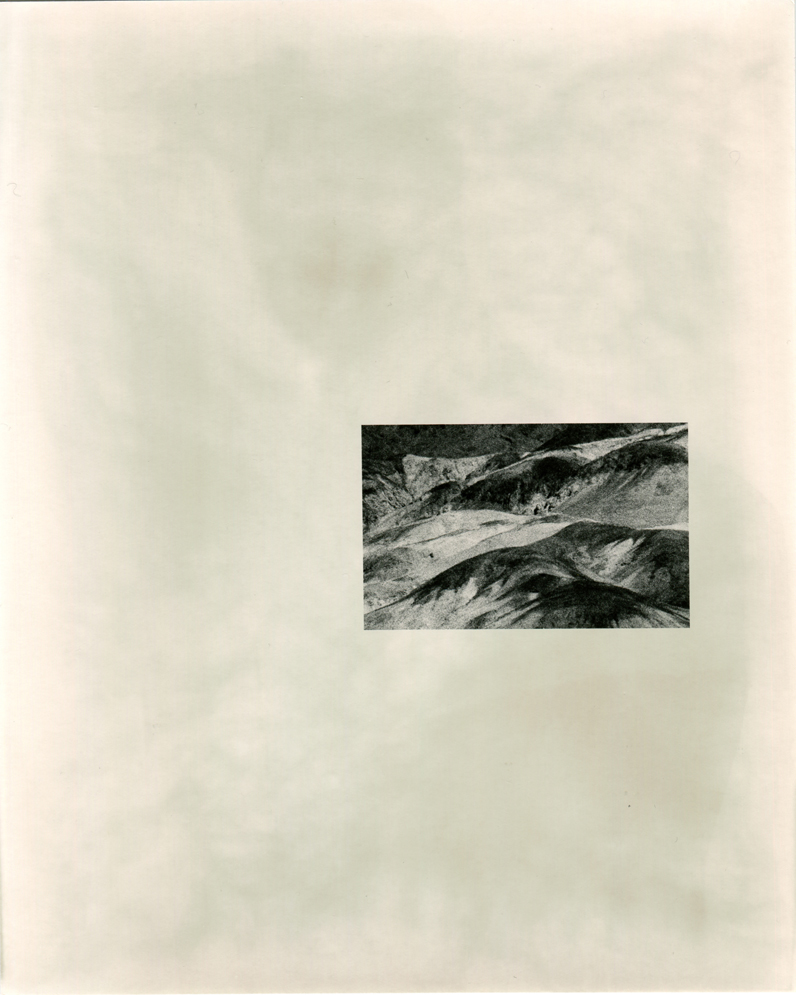Vittoria Gerardi, a twenty-year-old photographer from Padua, Italy has created a breathlessly neutral Instagram feed depicting a series of modern and contemporary natural landscapes for her viewers. A passion for art, and nature photography in particular, began at an early age for Vittoria when she was introduced to photography in high school. Upon graduating, she attended the International Center of Photography in New York and worked as an assistant to the Italian photographer, Renato D’Agostin.
Fascinated with the world around her, particularly textures, shapes, and sounds in art, she compiled a collection of prints from Death Valley in 2016 exploring the extreme landscape and presenting her perception of the rigid landscape to viewers. The volume, known as Confine, is an exploration of high-intesnity emotions with light and line. We had the opportunity to interview Vittoria about her work, highlight of our conversation are below:
How did you begin your journey as a photographer?
Vittoria Gerardi: Currently, I am based in New York, absorbing the dynamic flux of the city and exploring its art scenery. When I moved here I didn’t really believe that I could learn and have the experiences I wanted to gain at the same time, but it turns out you can do to be even more than this. You are constantly improving your skills and pushing your own the boundaries that you normally impose on yourself. It is what makes New York, New York.
I approached photography beginning from the very basics of the traditional process, shooting black and white and color, spending days and nights printing in the darkroom.
One day, I was in the darkroom and turning the light on I saw how a print not yet fixed was taking peculiar colored tonalities, which captured my eye. I knew about these alternative processes in photography, but I had not yet considered trying them.
And so, I began to experiment with it, trying to reach a consistency in subject and tonality. This gave shape to my first publication, where the traditional film based photography and the new alternative process encounter each other in a communion of solos.
Photo Credit: Vittorie Gerardi/CONFINE
What sensation would you like to transmit to your audience via your work?
V.G.: I am interested in expressing basic human emotions and how to, eventually, translate them into two dimensions.
In the project Confine, [a visual and mental experience through Death Valleny], I tried to analyze an aspect of how humans find themselves existing in the world, where the turning point from the limit to possibility is visually translated by a line.
Related article: “BARE LONELINESS”
What are your current projects?
V.G.: Currently, I am experimenting with a visual translation of the extremely complex scenery of New York.
The process consists of distilling fragments of the negatives as fragments of reality and recomposing them in order to evoke the same process that shapes a city.
The rigid grid that stages the city hides the life of people underneath; it’s a whole composite of memories, symbols, traffic, etc. that leave an open mark on the world despite the rigor it is subjected to.
Where do you find your inspiration?
V.G.: I find my inspirations from people. They are the source of my reflections.
What do you believe is our historical moment?
V.G.: I feel like we live in a moment of instability where the compass is blurry. We live in a digital era now more than ever before and people are quickly adjusting. This might come with a distorted sense of reality compared to other historical moments thus, leaving people hovering between the real and unreal.
Photo Credit: Vittoria Gerardi
Describe the art world today.
V.G.: I believe art no longer stays true to a canvas or a chunk of marble.
It has expanded its boundaries and has reversed how one looks at a painting or sculpture. You now have the possibility of experiencing a work of art.
For a full mindmap containing additional related articles and photos, visit #photography
Richard Serra’s Torqued Ellipses are an example of this potential where the person is not a viewer, but his or her viewing becomes the subject. It puts the responsibility of the content on how willing the person is to engage with the dialogue within himself in relation to what is in front of him.
Photo Credit: Vittoria Gerardi
Do you have a favorite artist or influencer?
V.G.: Mark Rothko.
In his two-dimensional paintings, he subverted our reading of space by giving the illusion of the three-dimensions through which one can walk, feel and think; he also undermined our ability to read colors, blurring the boundaries of the contained rectangular forms. In other words, Rothko’s paintings stimulate what we experience when encountering nothingness, what he called “the simple expression of the complex thought.”
And which one do you think is the most overrated?
V.G.: To judge an artistic work as overrated you have to confuse it with a world of politics that I don’t think has anything to do with art. I prefer thinking in terms of relation, which artistic work I find difficult to relate with, in part due to an explicit content and deliberate lack of aesthetics.
What is the best thing about your work?
V.G.: Living by something that really absorbs me while trying to do it.
Recommended reading: “AMBROISE TEZENAS ON THE EVOLUTION OF PHOTOGRAPHY IN THE DIGITAL AGE”
_ _















